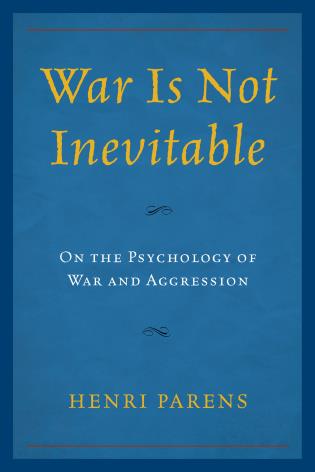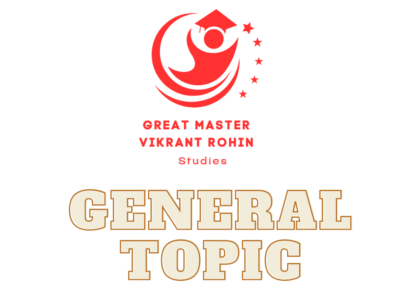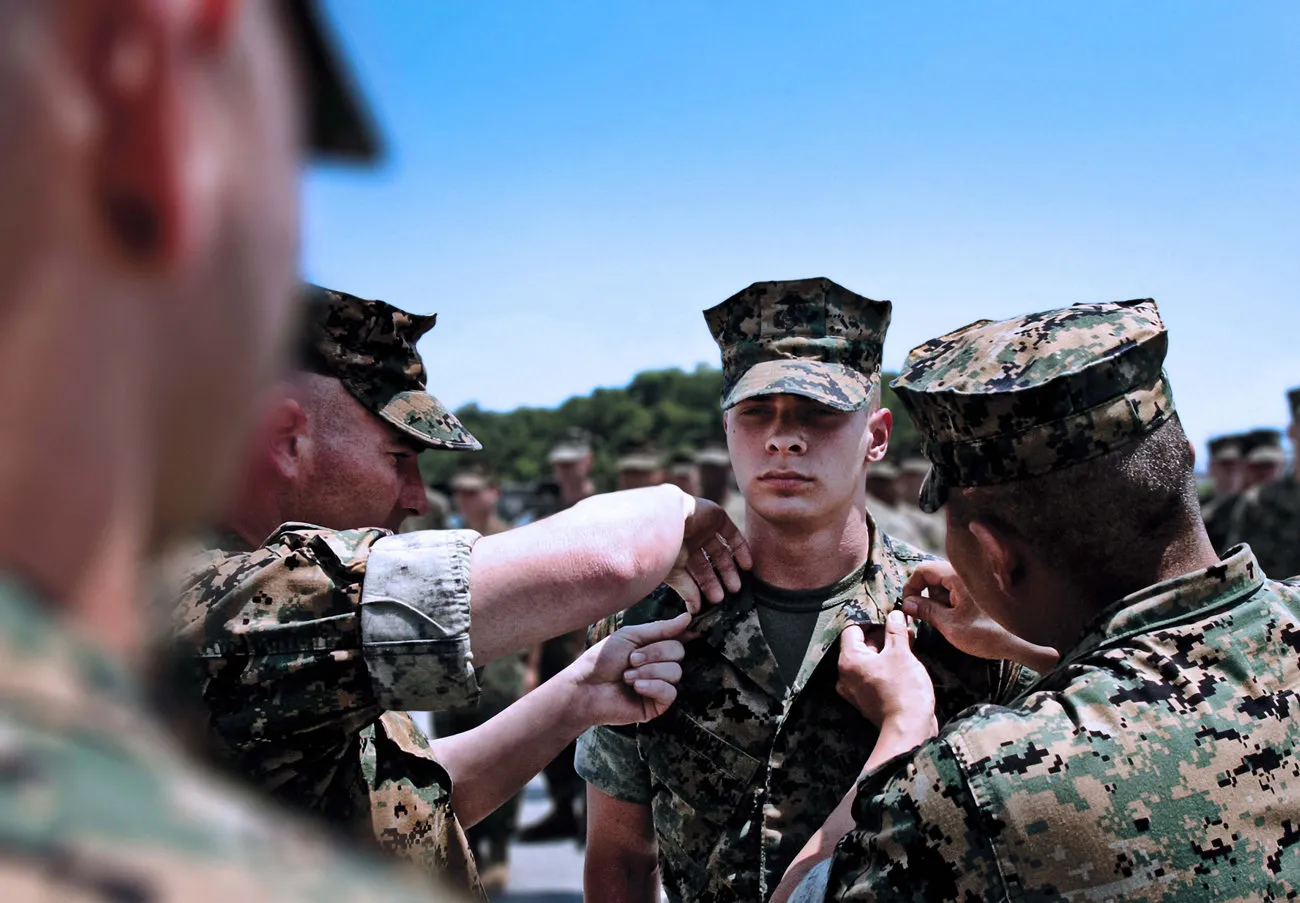MILITARY – WAR
War can be seen as a growth of economic competition in a competitive international system. In this view, wars begin as a pursuit of markets for natural resources and for wealth. War has also been linked to economic development by economic historians and development economists studying state-building and fiscal capacity.
In 1932 Einstein asked Freud, ‘Is there any way of delivering mankind from the menace of war?’ Freud answered that war is inevitable because humans have an instinct to self-destroy, a death instinct that we must externalize to survive. But nearly four decades of study of aggression reveal that rather than being an inborn drive, destructiveness is generated in us by experiences of excessive psychic pain. In War is Not Inevitable: On the Psychology of War and Aggression, Henri Parens argues that the death-instinct-based model of aggression can neither be proved nor disproved as Freud’s answer is untestable. By contrast, the ‘multi-trends theory of aggression’ is provable and has greater heuristic value than does a death-instinct-based model of aggression.
WAR

- TYPES OF WAR
- WAR STRATEGIES
- WAR SCIENCE –RULES
- WAR SCENE-BATTLE GROUND
- WAR SCENE
- PEACE-FIGHT- CRIME SECTION
- ATTACK- CRIME SECTION
- VICTORY
- AFTER WAR- WITHDRAWAL-SURRENDER
- WORLD RELATION- WAR DEATH- SEE INTERNATIONAL RELATION
In 1932 Einstein asked Freud, ‘Is there any way of delivering mankind from the menace of war?’ Freud answered that war is inevitable because humans have an instinct to self-destroy, a death instinct that we must externalize to survive. But nearly four decades of study of aggression reveal that rather than being an inborn drive, destructiveness is generated in us by experiences of excessive psychic pain. In War is Not Inevitable: On the Psychology of War and Aggression, Henri Parens argues that the death-instinct based model of aggression can neither be proved nor disproved as Freud’s answer is untestable. By contrast, the ‘multi-trends theory of aggression’ is provable and has greater heuristic value than does a death-instinct-based model of aggression.

When we look for causes for war we turn to history as well as national, ethnic, territorial, and or political issues, among many others, but we also tend to ignore the psychological factors that play a large role. Parens discusses such psychological factors that seem to lead large groups into conflict. Central among these are the psychodynamics of large-group narcissism. Interactional conditions stand out: hyper-narcissistic large groups have, in history, caused much narcissistic injury to those they believe they are superior to. But this is commonly followed by the narcissistically injured group’s experiencing high-level hostile destructiveness toward their injury-perpetrator which, in time, will compel them to revenge. Among groups that have been engaged in serial conflicts, wars have followed from this psychodynamic narcissism-based cyclicity.
Parens details some of the psychodynamics that led from World War I to World War II and their respective aftermath, and he addresses how major factors that gave rise to these wars must, can, and have been counteracted. In doing so, Parens considers strategies by which civilization has and is constructively preventing wars, as well as the need for further innovative efforts to achieve that end
MILITARY

- MILITARY- UNITS – RANKS
- MILITARY RECREATION- DISMISS- TRAINING
- MILITARY-PROBLEM
- MILITARY REGIME
- CIVILIAN
The importance of having strong armed forces and the need to protect the people against various threats is a constant feature of our life. Knowledge of military security, how armed forces are organized to fight a war, and what is the art of warfare are questions, which get answered by studying military studies.
Most importantly, a soldier’s duty is to maintain the peace and harmony of the country. He takes on the responsibility of ensuring a safe environment for all. In addition to guarding the border, they are also always there in case of emergencies.







